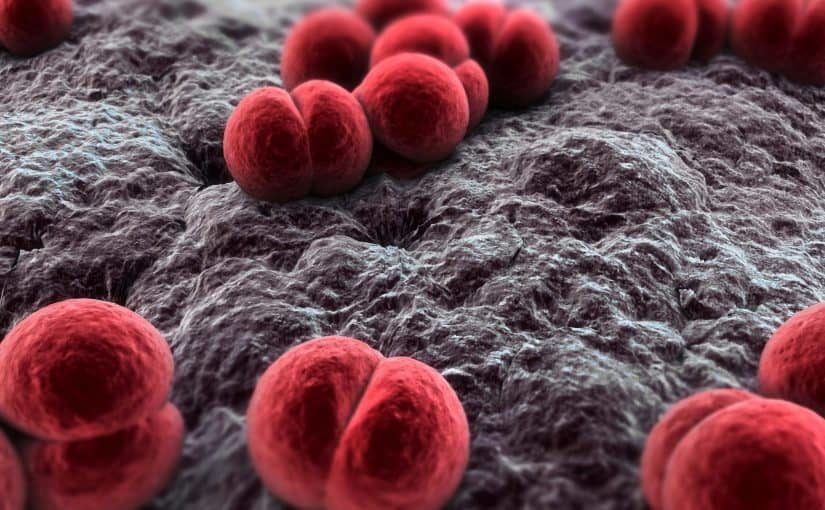Neisseria gonorrhoaea bacteria – responsible for gonorrhoea infections
With an El Nino event forecast for summer 2015, it seems Australian pathology staff will be kept on their toes ensuring STIs are treated quickly.
A new study1 released by the Melbourne Sexual Health Centre reviewed their clients over nine years and found seasonal variations in the rates of STIs – with the highest rates falling smack bang in summer.
The study also found that both male and female patients reported a greater number of partners during the spring and summer months.
The findings could help public health officials improve targeting of safe sex messages, and suggests that the onset of warmer weather signals the best time to launch campaigns.
But until prevention messages are heeded by all Australians, staff working in microbiology departments will be kept busy diagnosing and advising on treatment for STIs.
Microbiology is the study of infectious diseases, including STIs. Trained scientific staff diagnose these conditions from blood/fluid samples and swabs.
The wee beasties responsible for STIs are found using a variety of techniques – even genetic tests. For chlamydia and gonnorhoea for example, a common test involves ‘amplifying’ the DNA of the bacteria from a urine sample. ‘Amplifying’ simply means copying the bacteria’s DNA thousands or even millions of times so that there are so many copies it’s easily detectable on a machine. Using modern pathology techniques, this test can be done overnight.
HIV is a blood-borne virus that can be spread via unsafe sex among other risky behaviours. Rather than directly testing the virus’s DNA, the most common test for HIV measures the body’s response to the virus. If a blood sample is found to contain antibodies to the HIV virus, the sample must be positive for the virus. No antibodies, no virus.
Knowing which tests to use and how to perform them is all part of the extensive scientific training medical scientists, technicians and pathologists all undergo.
References:
- Sex Transm Infect 2015

